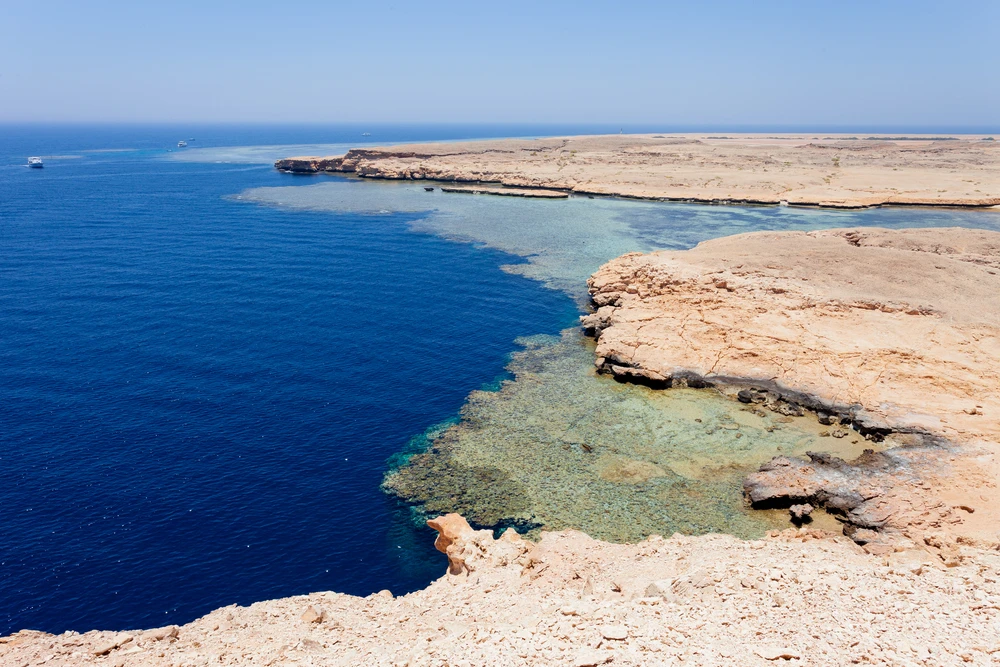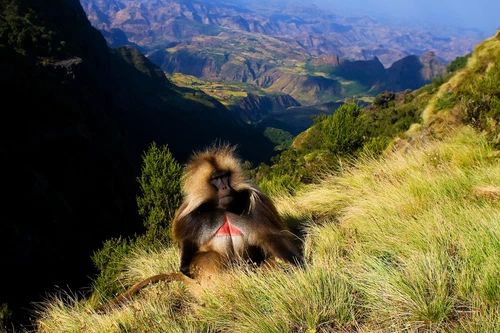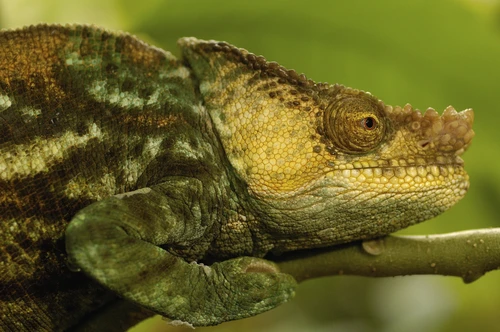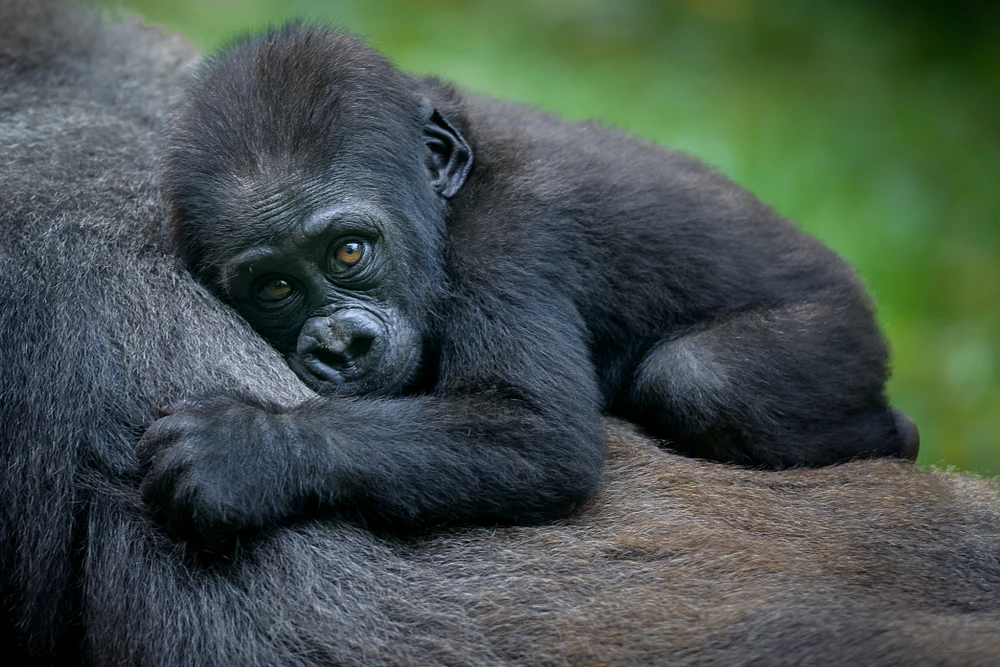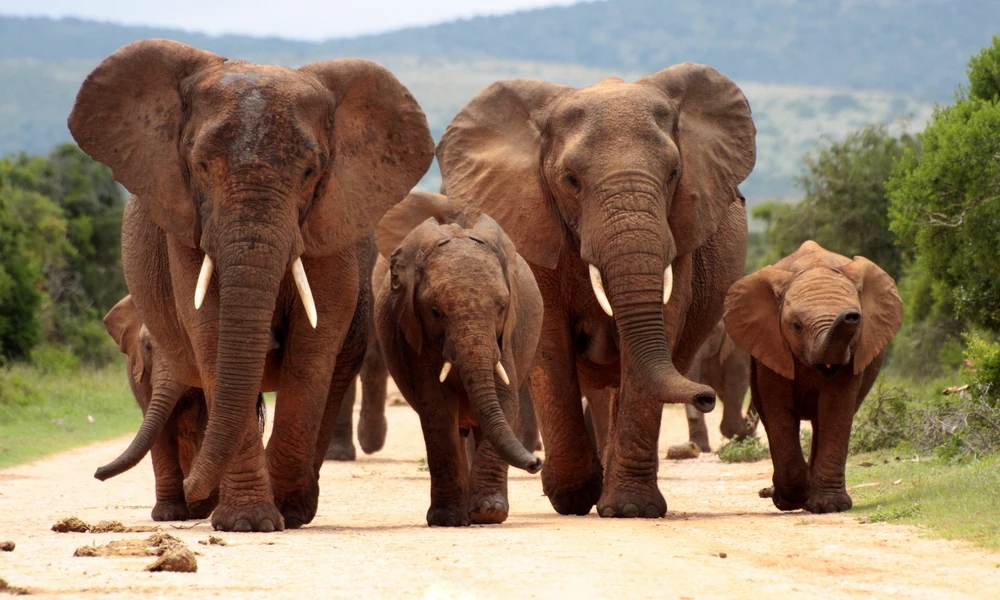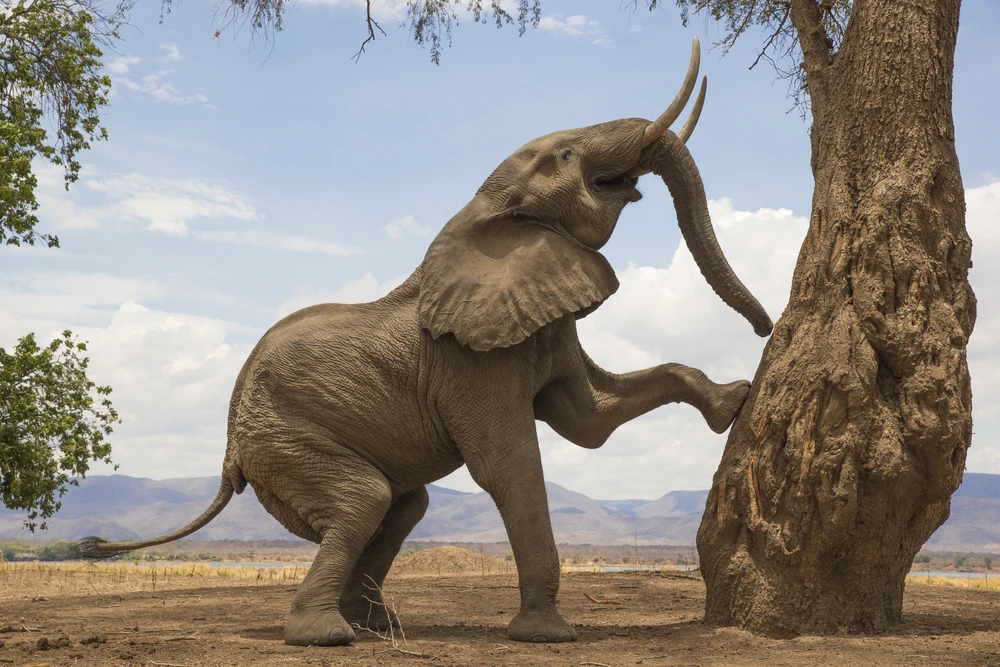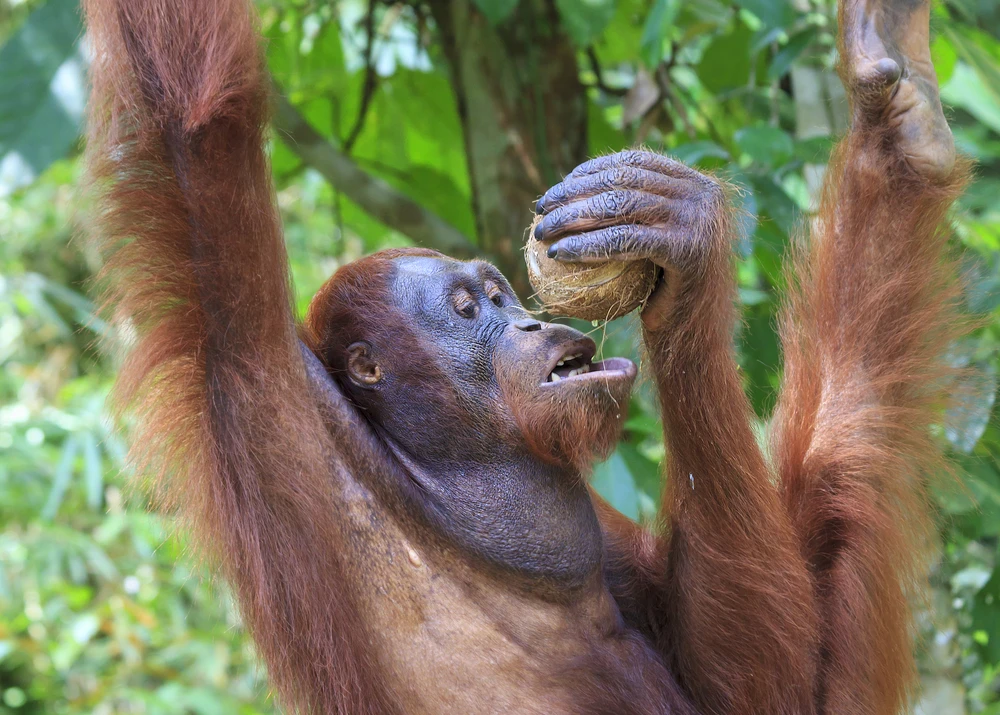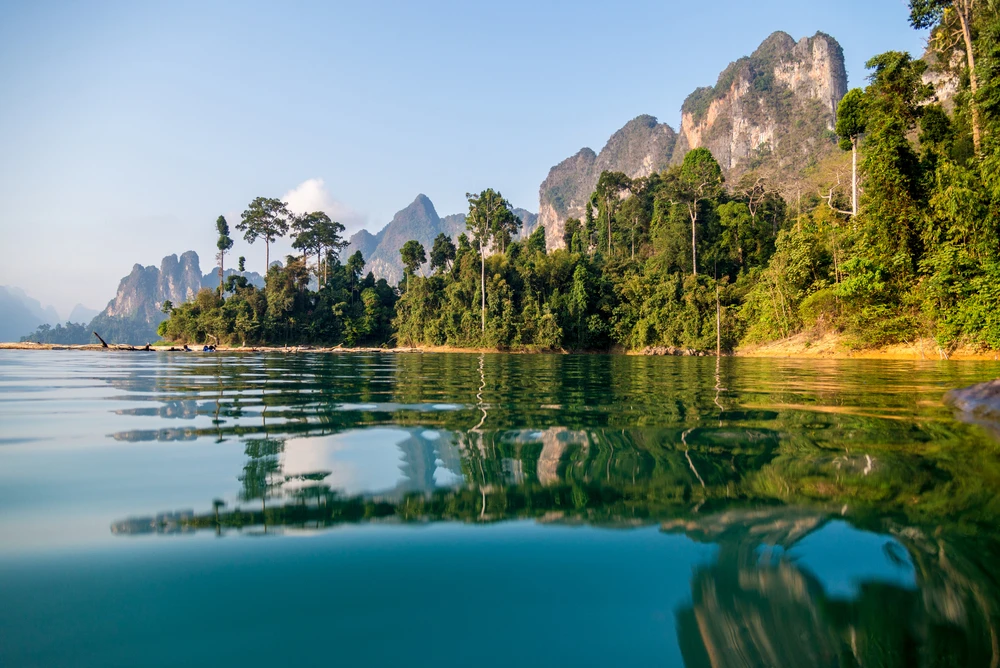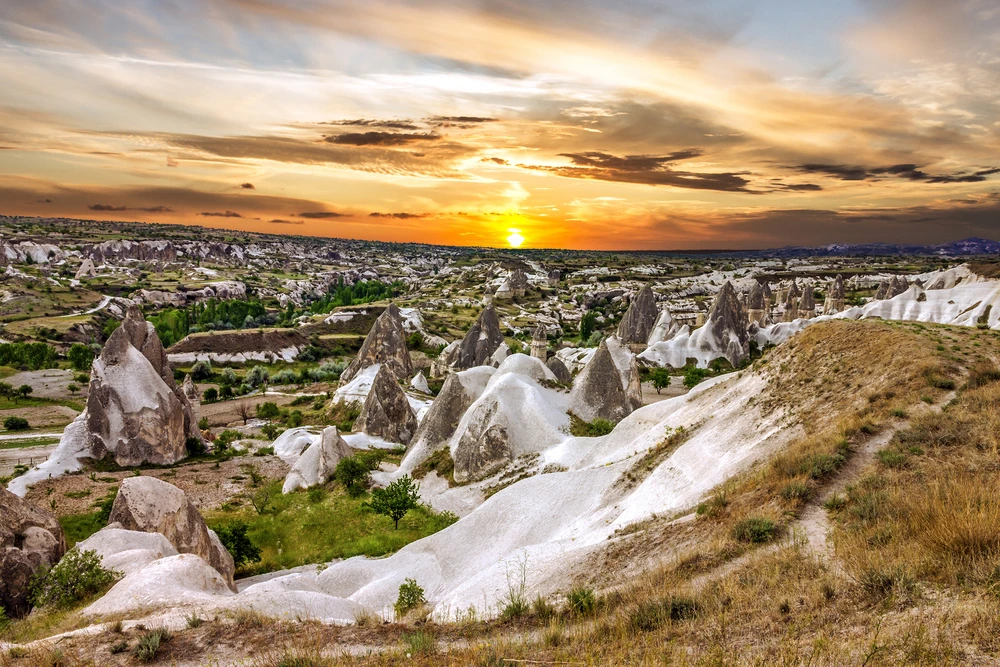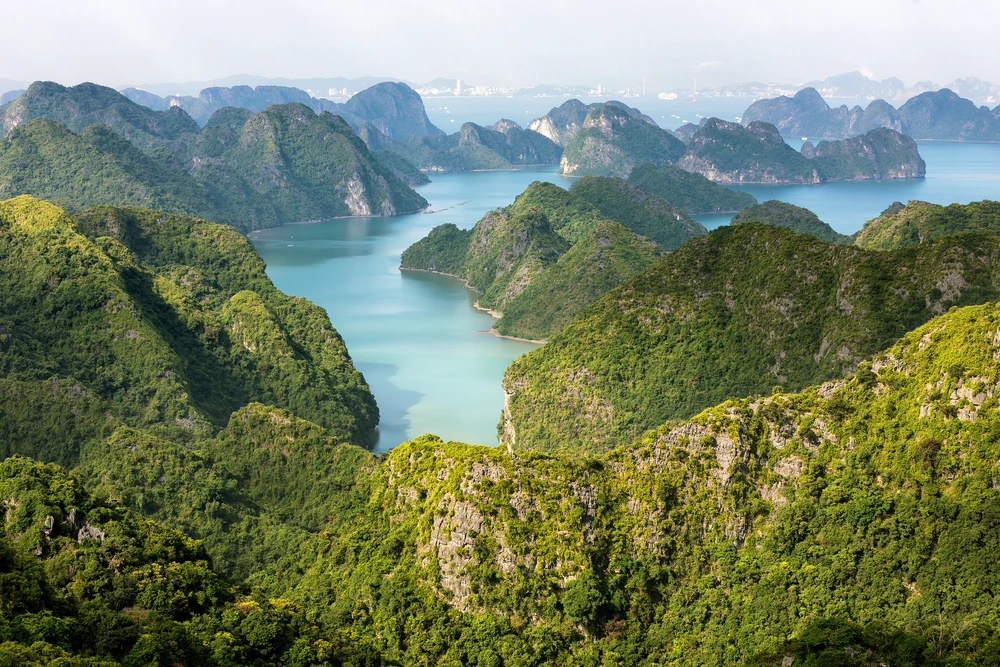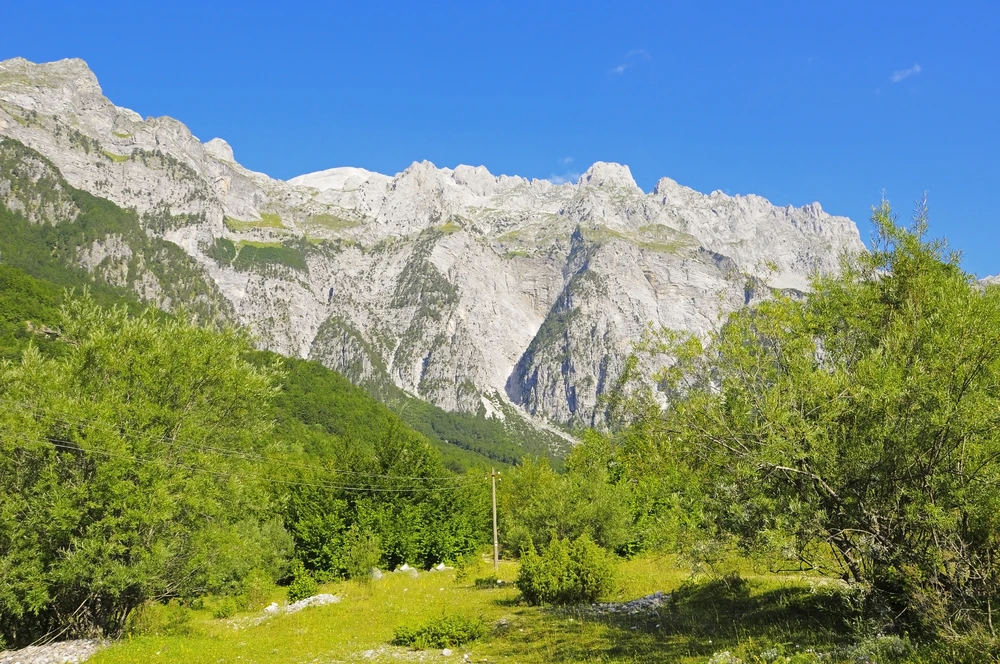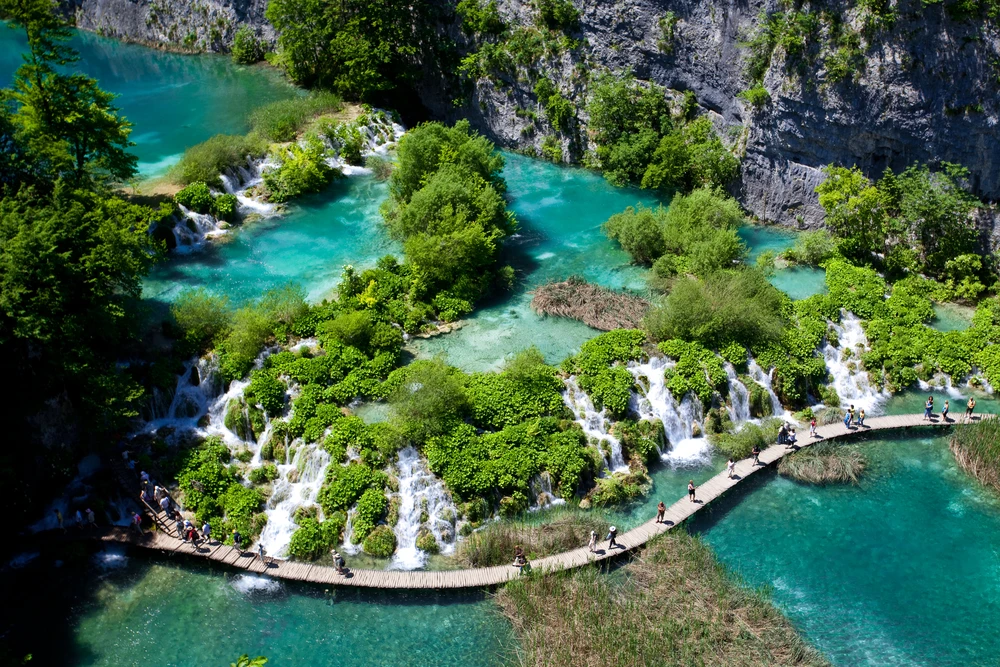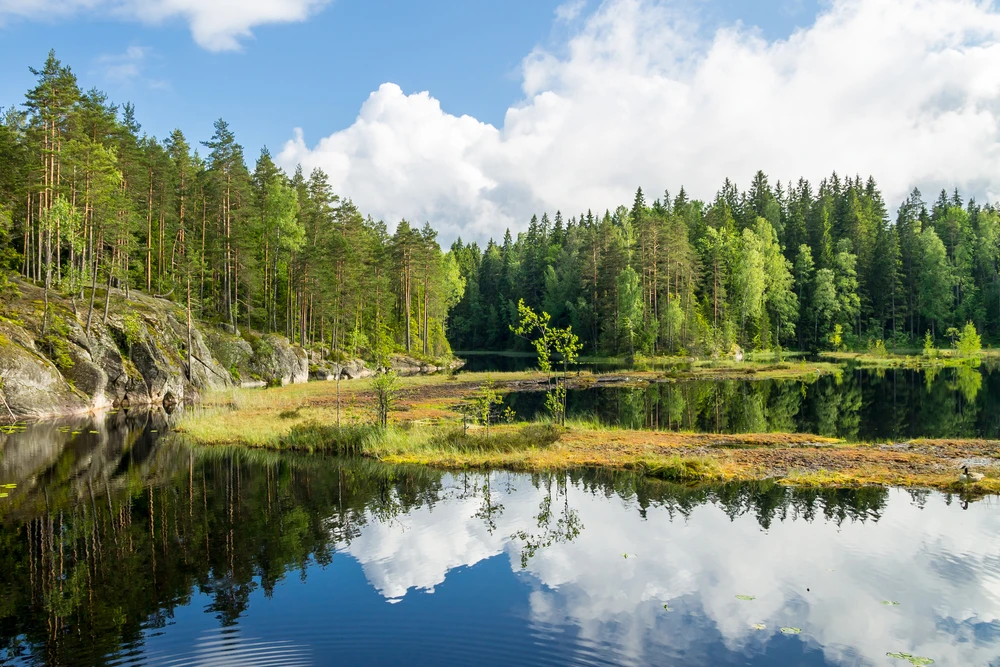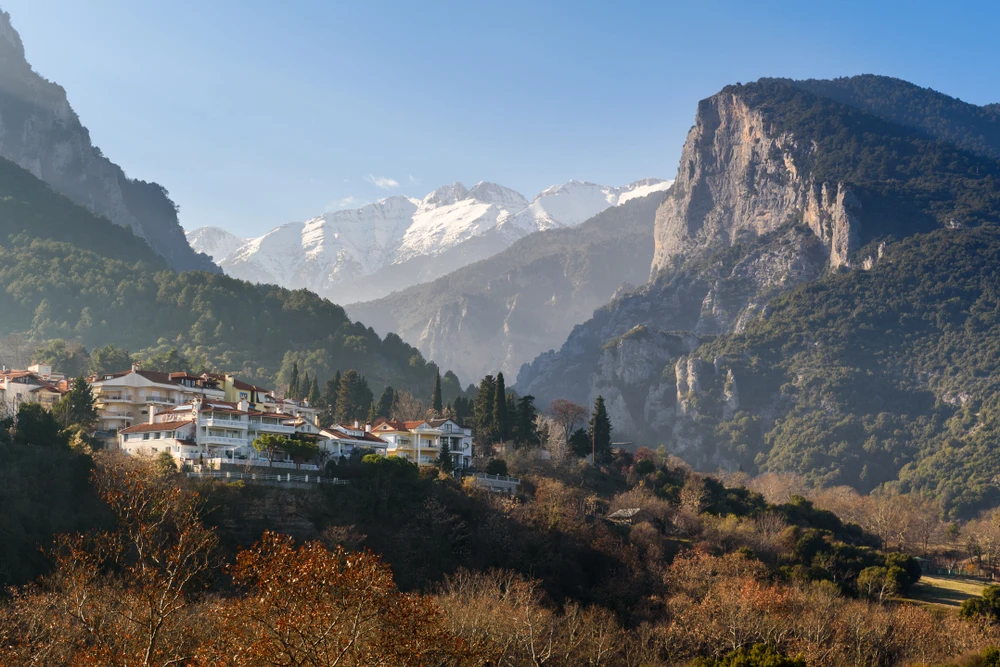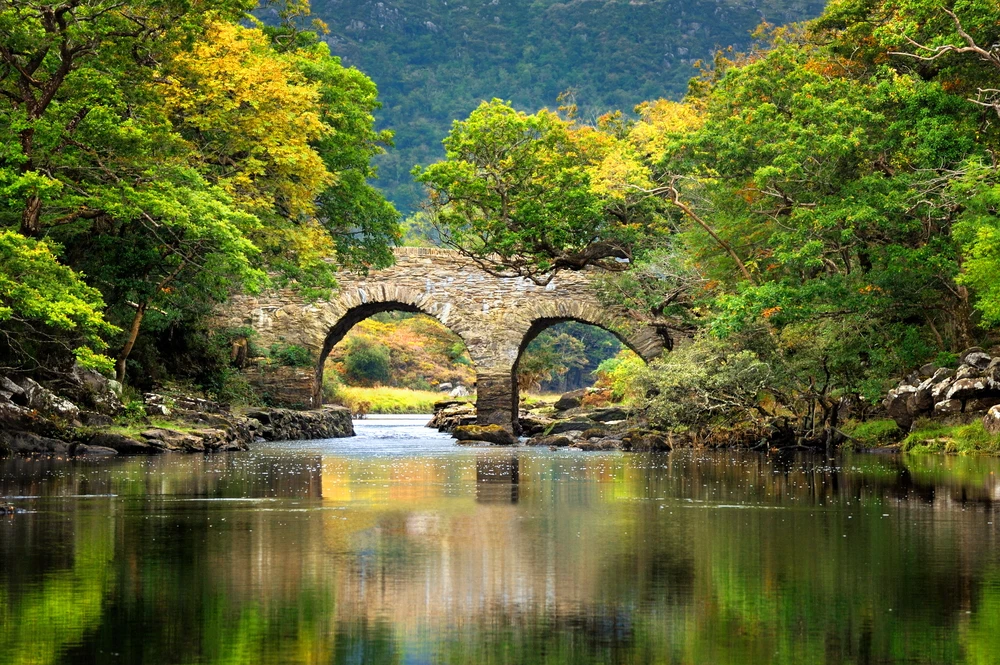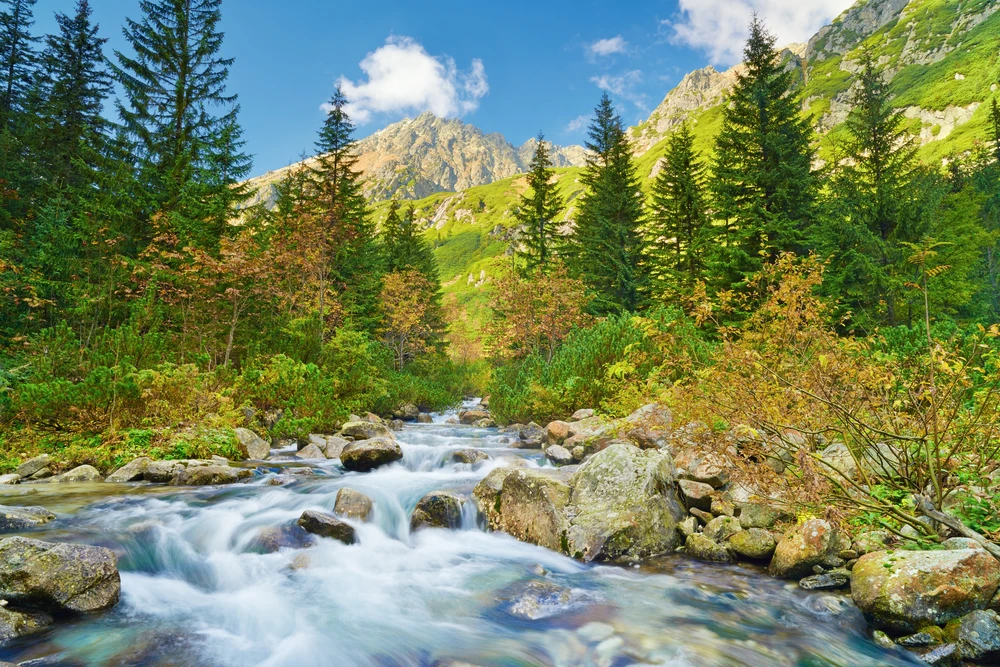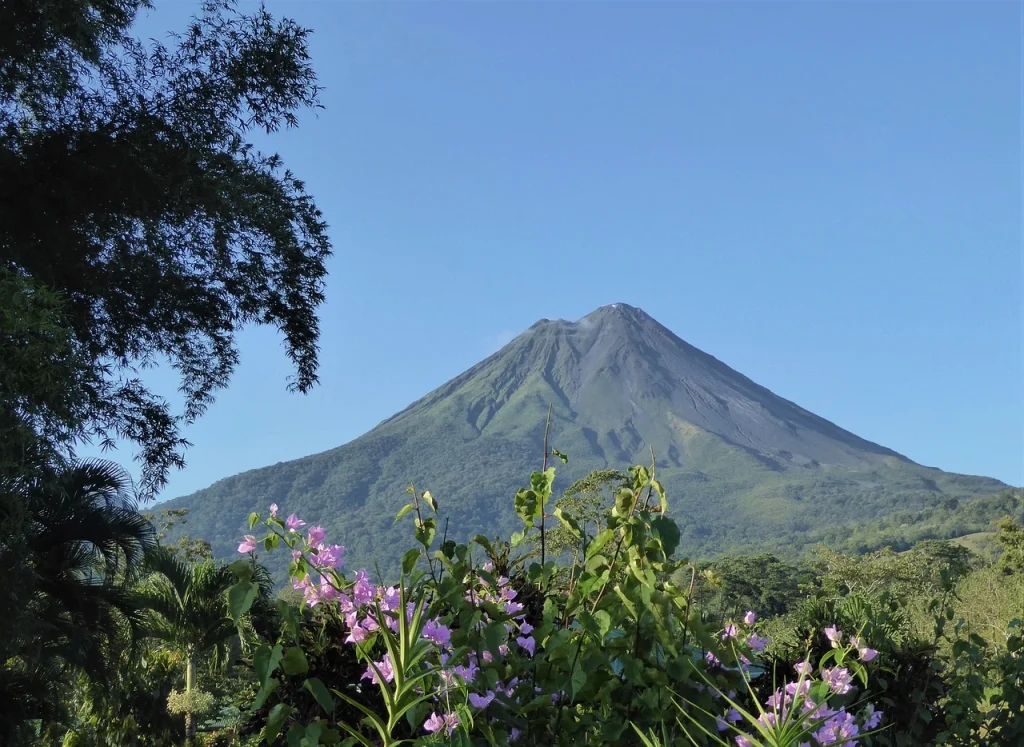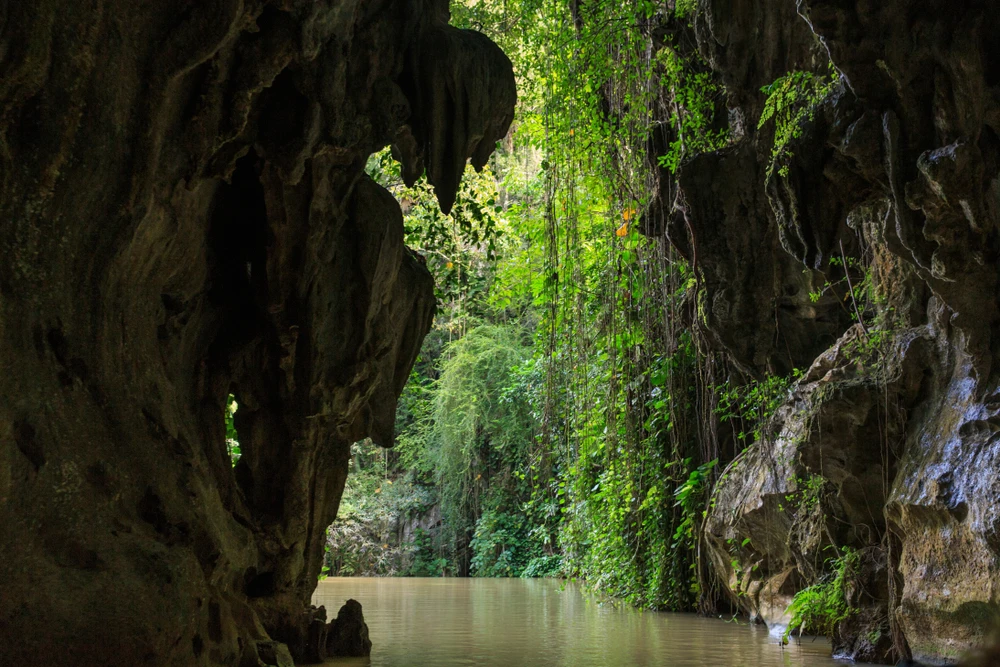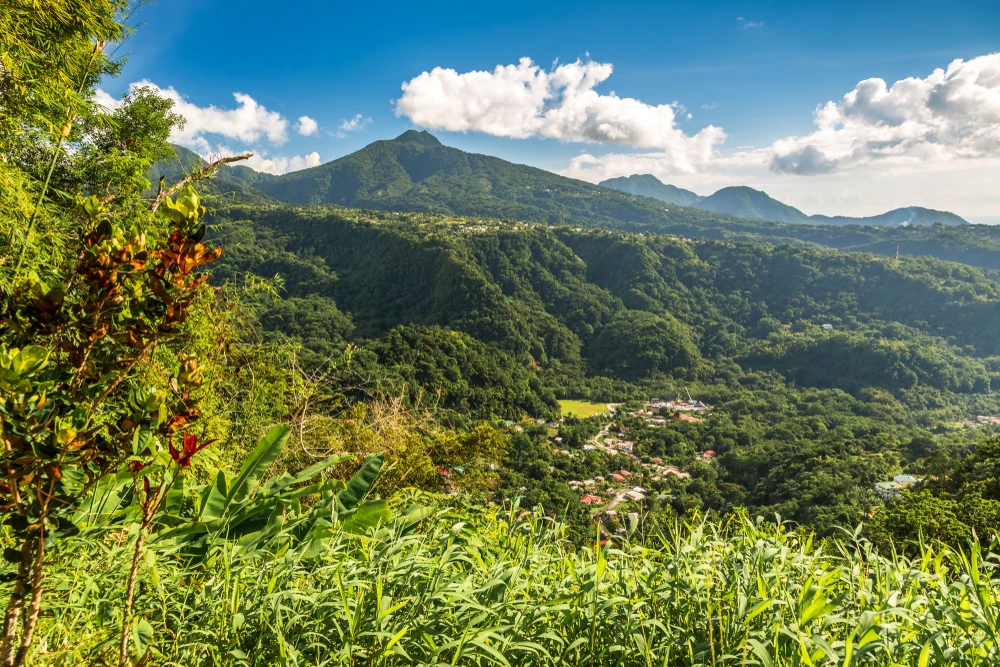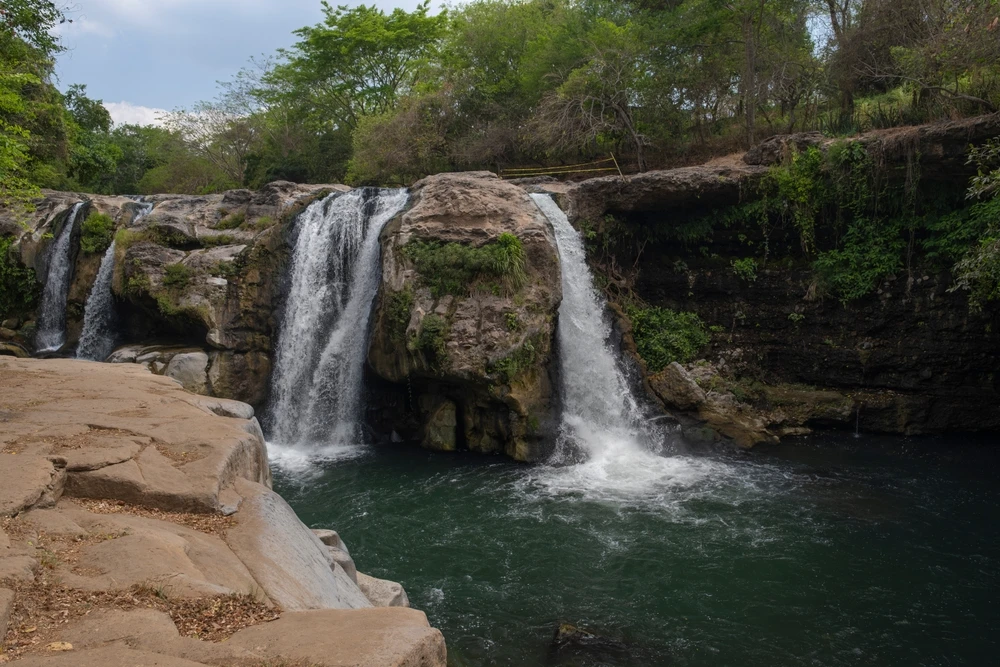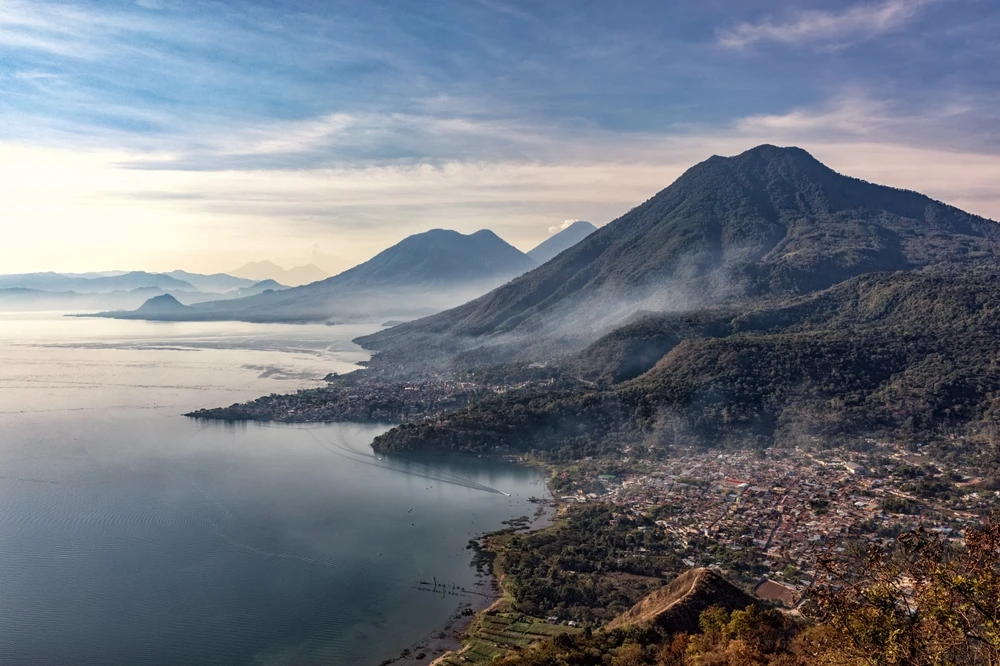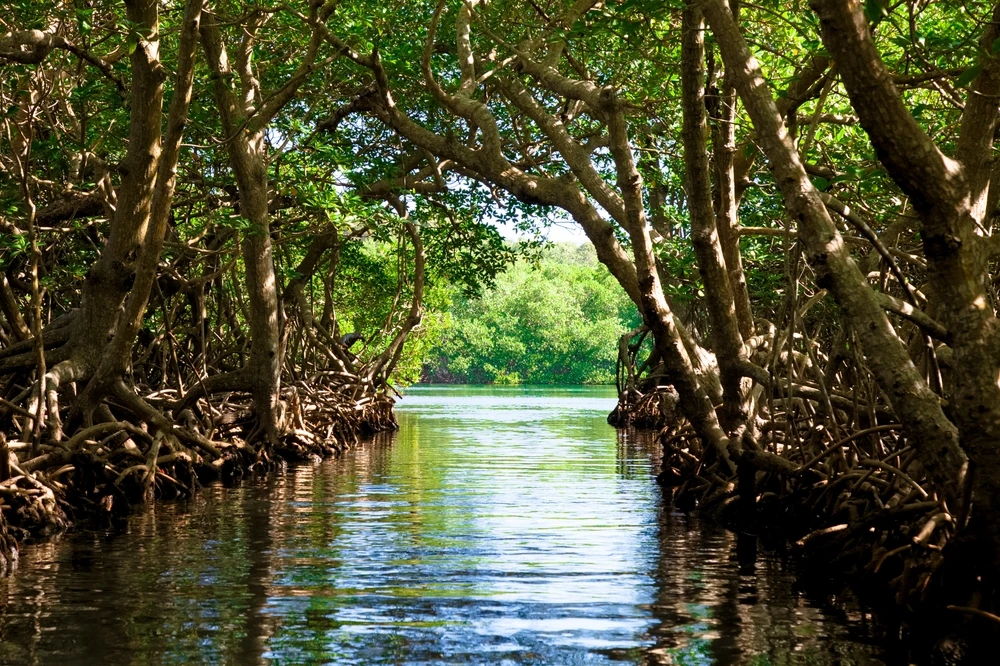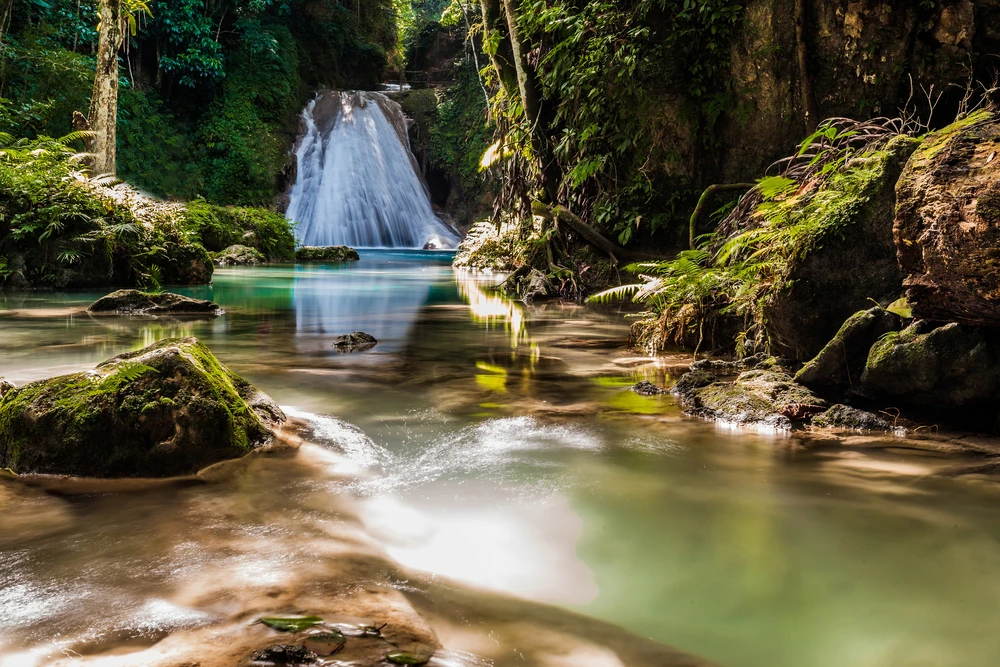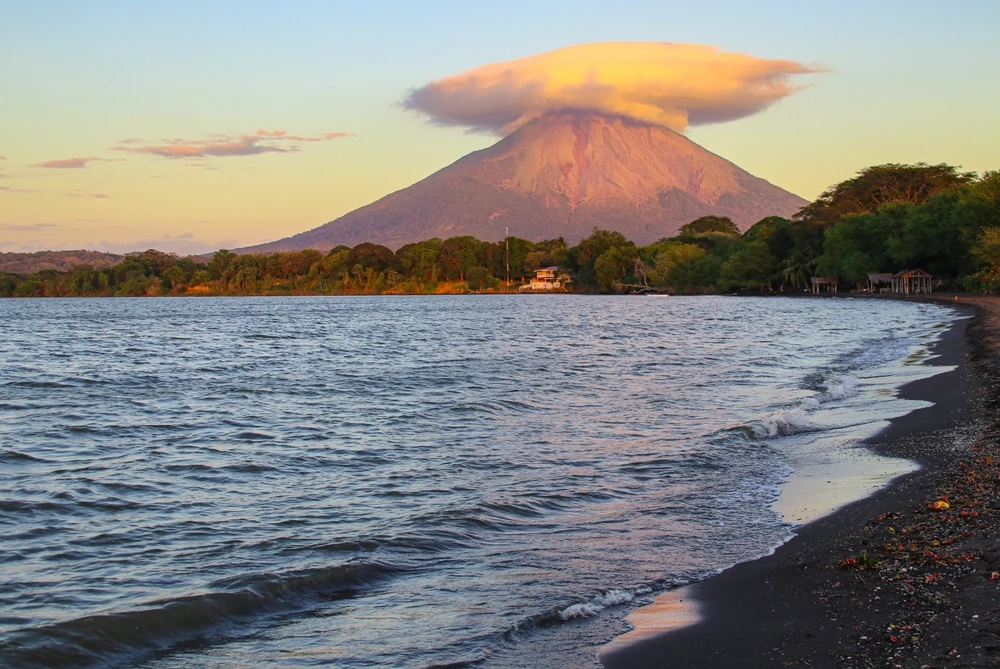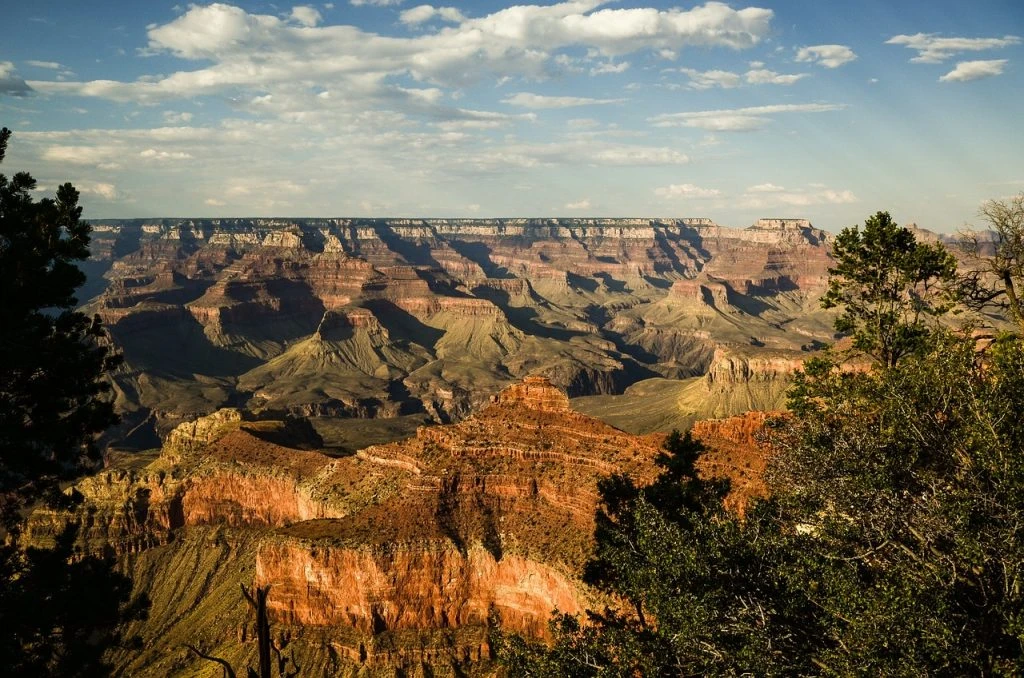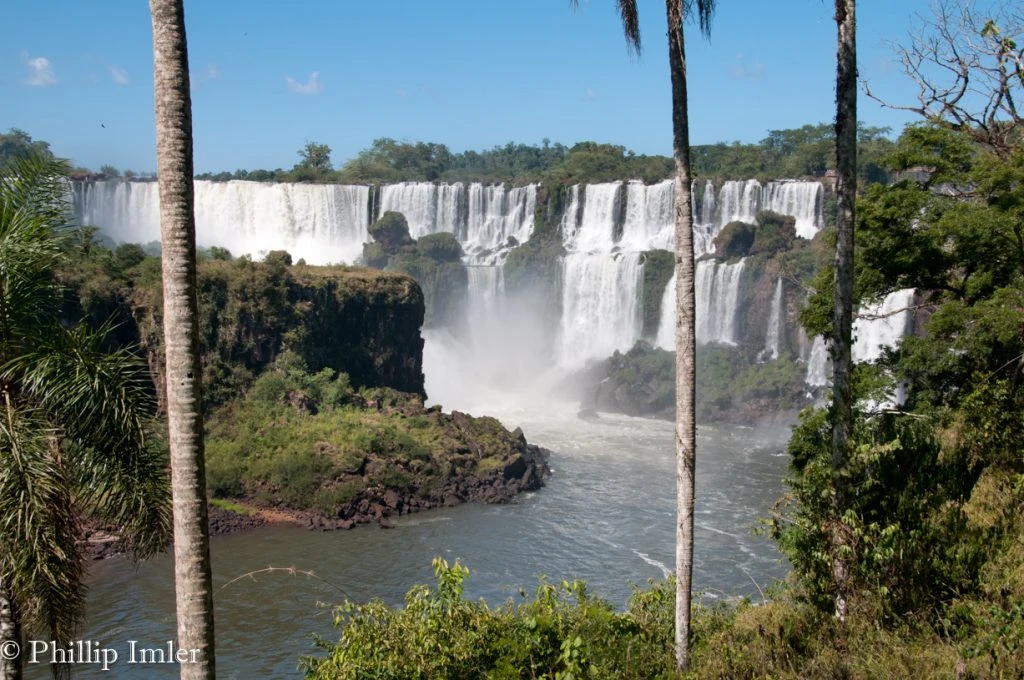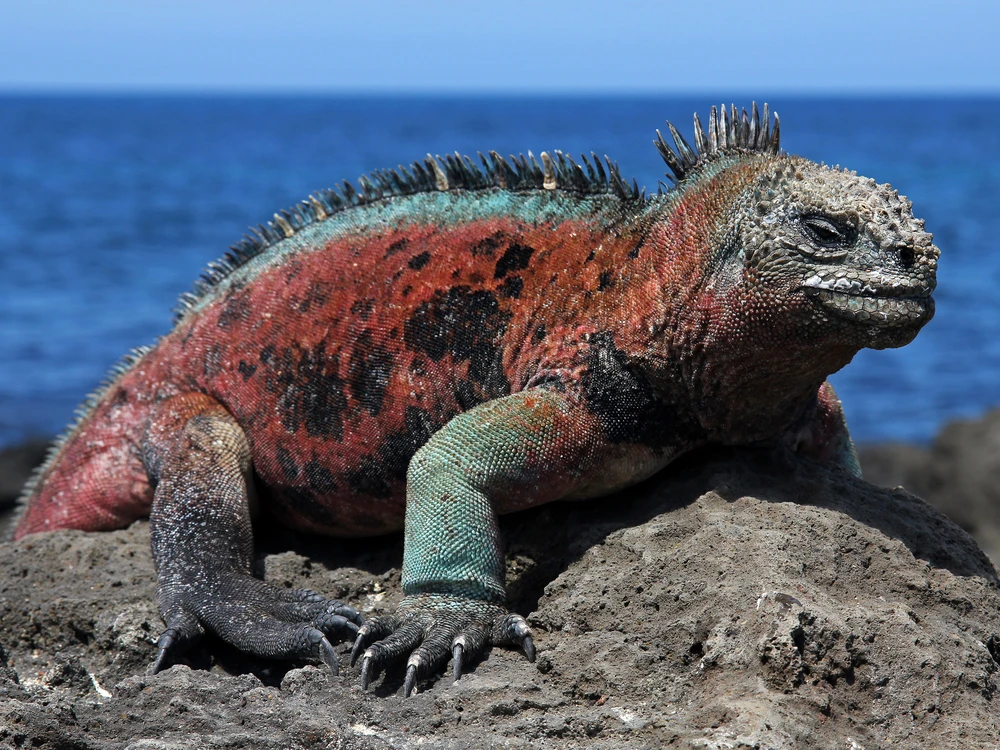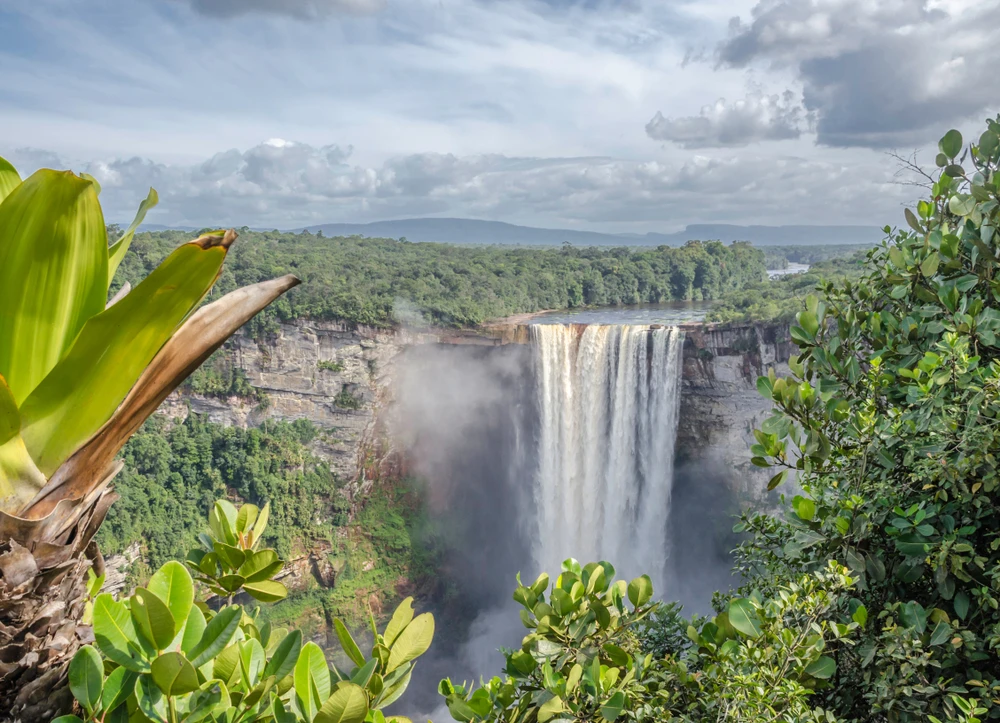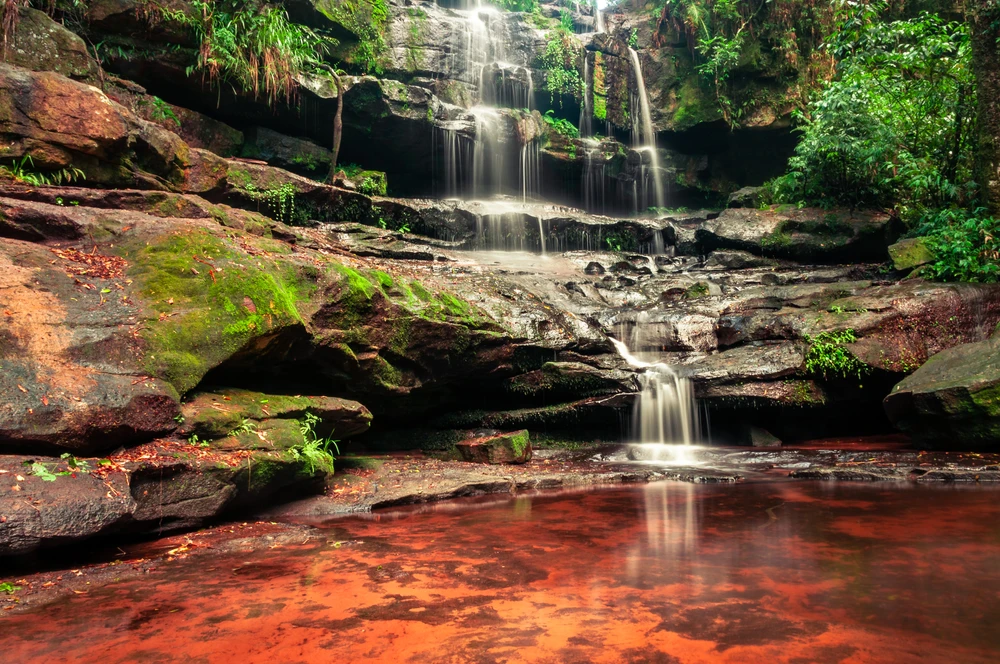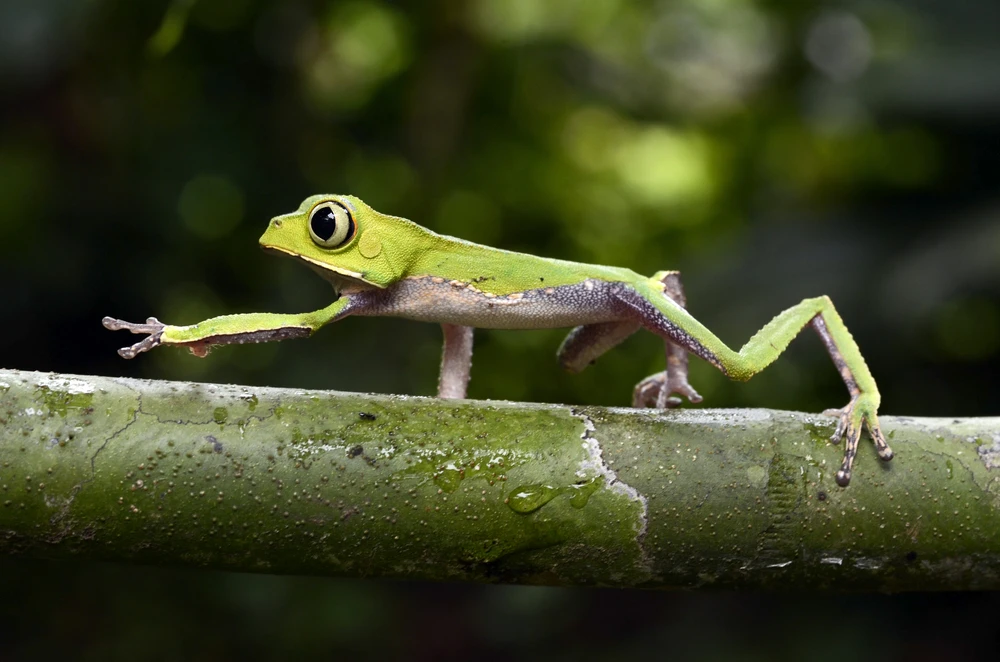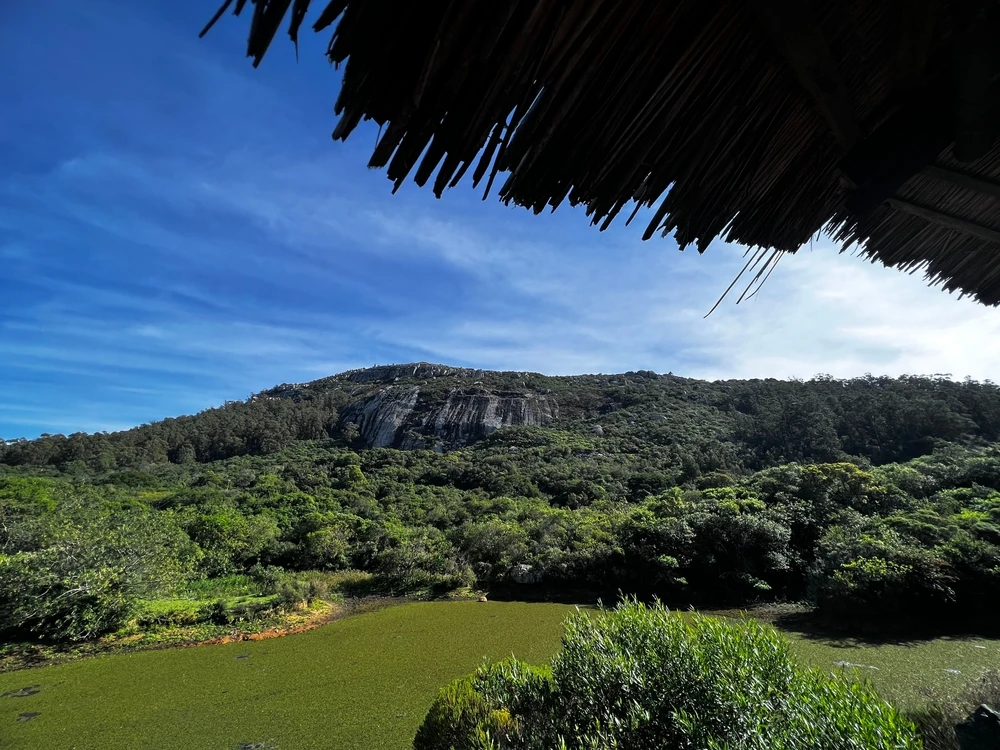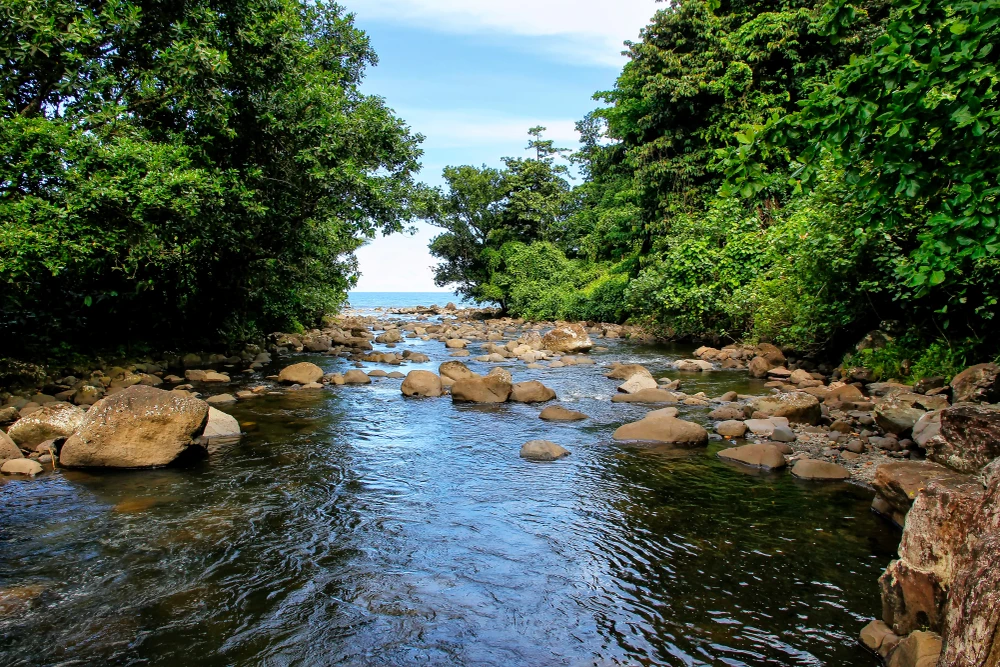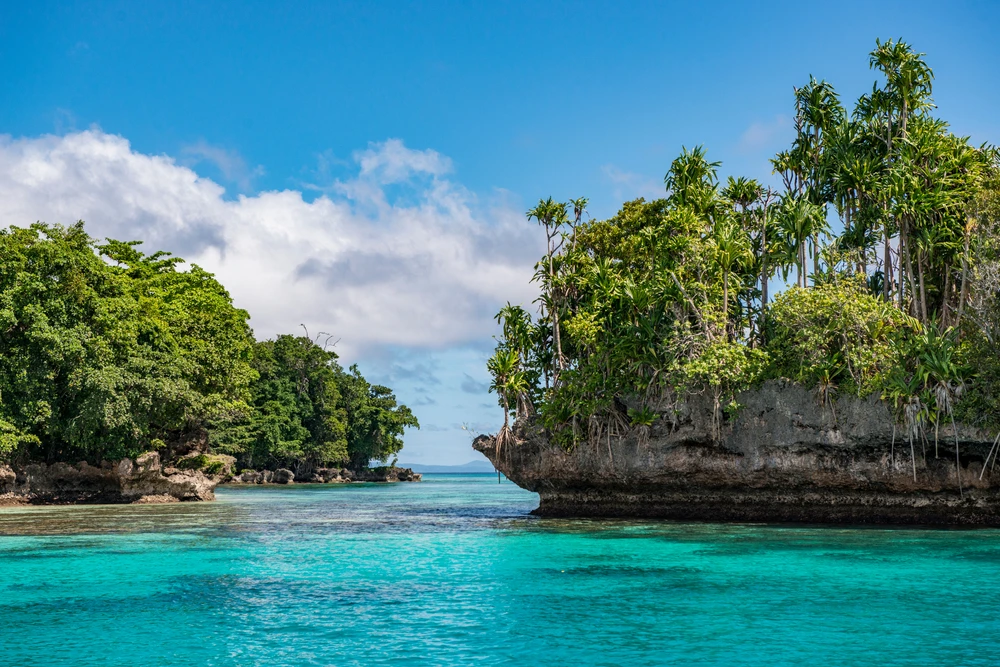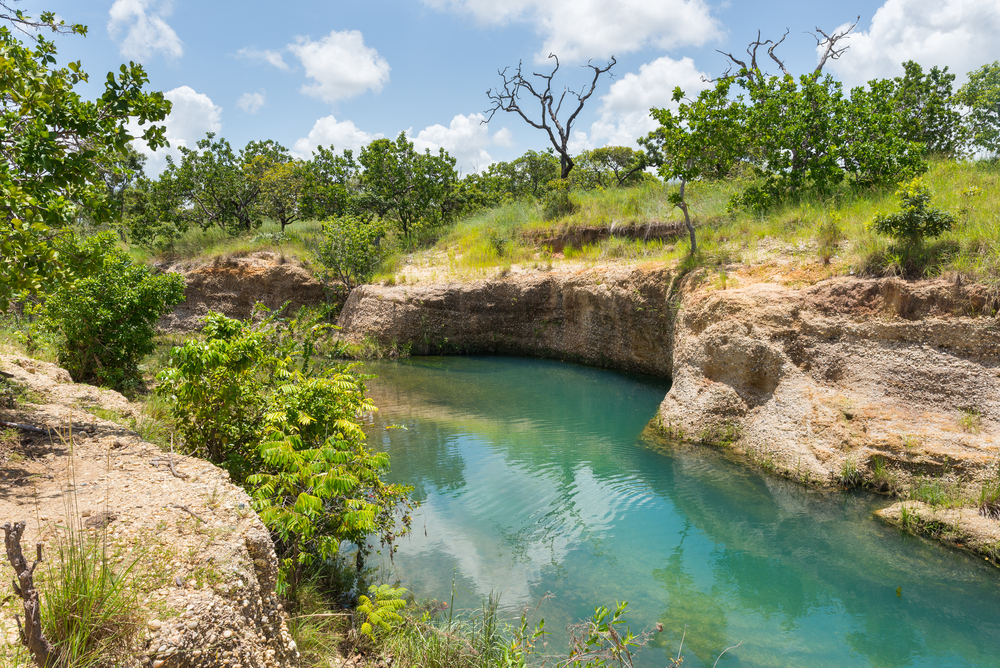Cueva de la Quebrada del Toro Overview
Cueva de la Quebrada del Toro National Park, known locally as Parque Nacional Cueva de la Quebrada del Toro, is a protected area located in the Sierra de Falcón within Falcón State, Venezuela. Established on March 21, 1961, the park encompasses approximately 48.85 square kilometers (18.86 square miles).
It is situated about 15 kilometers from Santa Cruz de Bucaral and is accessible via the road from La Taza. The park’s terrain is characterized by rugged topography, featuring a series of reef limestone cliffs formed during the Tertiary period.
. The centerpiece is the Cueva de la Quebrada del Toro, an active river cave through which flows the largest known underground watercourse in Venezuela. The cave’s main entrance is a grand portal measuring 10 meters in height and 15 meters in width.
. Inside, the El Toro River forms two substantial lakes, each over 200 meters long, navigable by small boats. The cave system boasts impressive geological formations, including stalactites and stalagmites, resulting from millennia of mineral deposition.
The park’s vegetation is predominantly evergreen, with trees reaching heights of 40 to 50 meters. This lush environment supports a diverse array of wildlife. Avian species are particularly abundant; the cave itself is inhabited by oilbirds (Steatornis caripensis), known locally as guácharos.
. Other bird species include the blue macaw, the paují copete de piedra, and the bellbird. Mammals such as the armadillo (cachicamo), ocelot (cunaguaro), water dog (perrito de agua), and tapir (danta) are also present. Reptilian inhabitants include various snake species, such as the Mapanare and rattlesnakes.
A prominent feature of the park is the Cueva de la Quebrada del Toro itself, which offers visitors the opportunity to explore its extensive underground river system. The cave’s interior, with its towering galleries and unique formations, provides a fascinating experience for those interested in geology and speleology. The surrounding landscapes of mountains, hills, and forests offer additional recreational activities, including hiking, bird-watching, and scientific research.
Visitors can engage with the park through guided tours of the cave, which are recommended to ensure safety and to gain informative insights into the cave’s geology and ecology.
The park’s trails allow for exploration of the diverse flora and fauna, and the serene environment is ideal for nature photography and observation. Access to the park is via the Coro-Churuguara-Santa Cruz de Bucaral-La Taza road, with guidance available at the park’s ranger station.
In terms of conservation, the park faces challenges typical of protected areas, such as the need to manage human impact and preserve its unique ecosystems. However, its status as a national park since 1961 has provided a framework for ongoing protection efforts.
The presence of species like the oilbird highlights the ecological significance of the area, underscoring the importance of continued conservation initiatives to maintain the park’s biodiversity and natural beauty.



